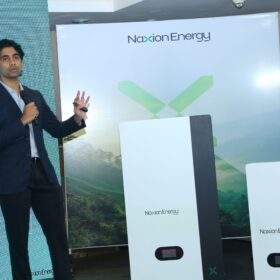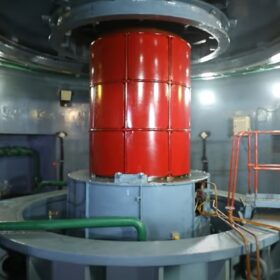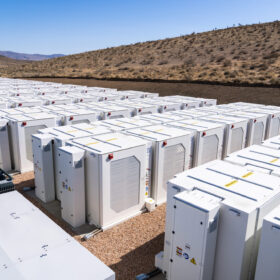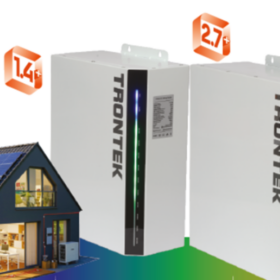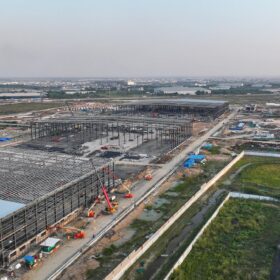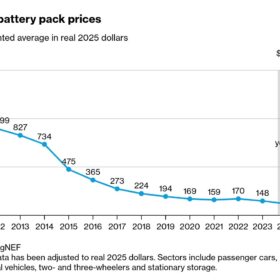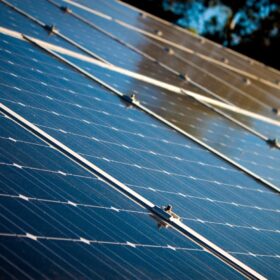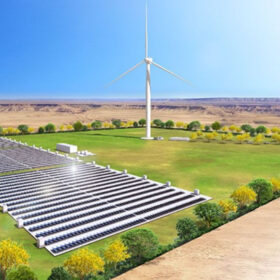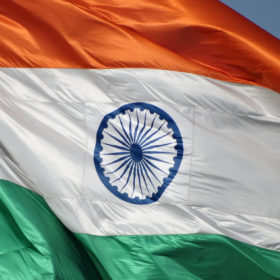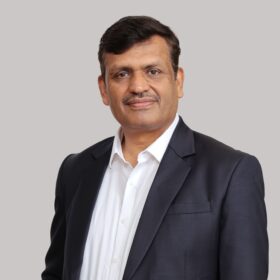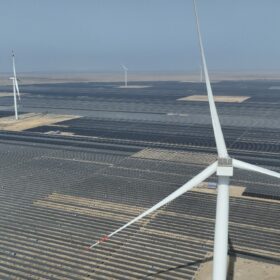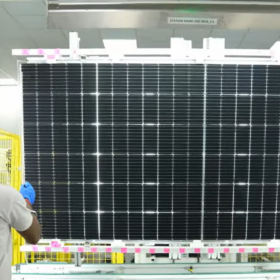Naxion Energy launches India’s first sodium-ion energy storage systems
Naxion Energy (formerly Sodion Energy) has introduced its sodium-ion–based energy storage systems for the residential and commercial & industrial sectors. The storage systems are available in 3.5 kW, 5 kW, and 10 kW models, and the batteries can be expanded to double the system’s storage capacity.
THDC commissions Unit-3 of 1 GW pumped storage project in Tehri
THDC India Ltd., a subsidiary of NTPC Ltd., has commissioned Unit-3 (250 MW) of its 1 GW (4×250 MW) variable-speed pumped storage hydropower project in Uttarakhand.
Batteries now cheap enough to make dispatchable solar economically feasible
A new analysis from energy think tank Ember shows that the cost of storing electricity with utility-scale batteries has fallen to just $65/MWh as of October 2025 outside China and the US, making it economically feasible to deliver solar power when it is needed.
Trontek enters residential energy storage market with 1.4 kWh and 2.7 kWh lithium battery systems
Trontek has entered the residential energy storage market with the launch of Powercube 1.4 kWh and Powercube 2.7 kWh lithium-ion battery storage systems that support both solar and grid charging.
Agratas advances construction at its Sanand battery facility
Agratas, the global battery business of the Tata Group, is rapidly advancing the construction work for its battery manufacturing facility in Sanand, Gujarat. This facility will have a planned annual capacity of 20 GWh in its first phase.
MaxVolt Energy triples lithium battery pack output with new 55,000 sq. ft. plant in Duhai
MaxVolt Energy is set to triple its lithium battery pack production capacity from 72,000 units per annum to 2.25 lakh units annually with the addition of a new 55,000 sq. ft. facility in Duhai, Ghaziabad.
Global lithium-ion battery pack prices fall to $108/kWh, says BNEF
Battery pack prices for stationary storage fell to $70/kWh in 2025, a 45% drop from 2024, making it the cheapest lithium-ion category for the first time, according to BloombergNEF (BNEF).
BlackRock to invest INR 3,000 crore for minority stake in Aditya Birla Renewables
Global Infrastructure Partners (GIP), part of BlackRock, is set to invest INR 3,000 crore for a minority stake in Aditya Birla Renewables, a commercial and industrial (C&I)-focused renewable energy platform under the Aditya Birla Group, with a pan-India portfolio of 4.3 GW.
Toshiba ESS tests hybrid wind-solar project with storage in Saudi Arabia
Toshiba Energy Systems & Solutions Corp. (Toshiba ESS) has started testing batteries and energy management solutions to stabilize electricity in remote Saudi Arabia through a hybrid wind-solar pilot project. The project will run until May 2028 to evaluate power- and energy-oriented batteries and optimize battery use.
Firm and dispatchable renewables emerge as an increasingly competitive source of reliable power, study shows
A new report reveals that solar, wind, and battery storage are increasingly cost competitive with new thermal as a source of 24/7 reliable power, offering a promising pathway that supports both India’s energy security and the country’s net-zero goals.
